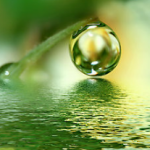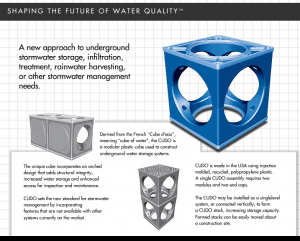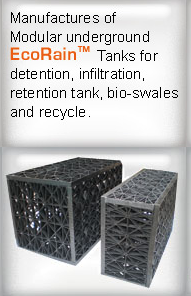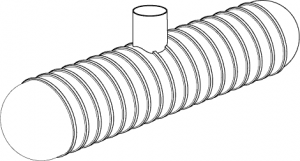We all know the importance of trees for aesthetics, heat reduction in our environment and for global air quality.
This study confirms the importance of forests- world wide.
August 16, 2011
Forests Absorb One Third Our Fossil Fuel Emissions
The world’s established forests remove 2.4 billion tonnes of carbon per year from the atmosphere – equivalent to one third of current annual fossil fuel emissions – according to new research published today in the journal Science.
This is the first time volumes of the greenhouse gas absorbed from the atmosphere by tropical, temperate and boreal forests have been so clearly identified.
“This is really a timely breakthrough with which we can now clearly demonstrate how forests and changes in landscape such as wildfire or forest regrowth impact the removal or release of atmospheric carbon dioxide (CO2),” says CSIRO co-author of the paper: A Large and Persistent Carbon Sink in the World’s Forests, Dr Pep Canadell.
“What this research tells us is that forests play a much larger role as carbon sinks as a result of tree growth and forest expansion.”
Dr Canadell, who is also the Executive Director of the Global Carbon Project, said the international research team combined data from forest inventories, models and satellites to construct a profile of forests as major regulators of atmospheric CO2.
In addition to the large carbon sink, he said scientists now know that deforestation is responsible for emitting 2.9 billion tonnes of carbon per year – an exchange that had not been known in the past because of a lack of data. For comparison, total emissions from fossil fuels are currently above eight billion tonnes of carbon per year.
Dr Canadell said emissions from deforestation are much larger than previously thought, suggesting that the potential benefits of avoiding deforestation through the United Nations-backed Reduced Emissions from Deforestation and Degradation (REDD) scheme, are much larger than previously appreciated.
The REDD scheme aims to formulate a financial value for the carbon stored in forests.
Dr Canadell said a surprising finding was the large capacity of tropical forest re-growth to remove atmospheric CO2. Regrowth takes place following the end of logging and slash-and-burn land clearing projects. and, to a lesser extent, when new forest plantations are planted.
“We estimate that tropical forest regrowth is removing an average of 1.6 billion tonnes of carbon per year. Unfortunately, some countries have not looked on forest regrowth as a component of REDD, and so are missing a very important opportunity to gain even further climate benefits from the conservation of forests.
“Combining the uptake by established and forest re-growth plus emissions from deforestation, the world’s forests have a net effect on atmospheric CO2 equivalent to the removal of 1.1 billion tonnes of carbon every year.
“Carbon exchanges from tropical forests have the highest uncertainties in this analysis and this research has required a concerted effort to refine them to our best knowledge,” Dr Canadell said.
This work has been undertaken as part of the Australian Climate Change Science Program, funded jointly by the Department of Climate Change and Energy Efficiency, the Bureau of Meteorology and CSIRO.
The paper was co-authored by: Yude Pan, Richard Birdsey, Jingyun Fang, Richard Houghton, Pekka Kauppi, Werner A. Kurz, Oliver L. Phillips, Anatoly Shvidenko, Simon L. Lewis, Josep G. Canadell, Philippe Ciais, Robert B. Jackson, Stephen Pacala, A David McGuire, Shilong Piao, Aapo Rautiainen, Stephen Sitc and Daniel Hayes.
SOURCE: CSIRO

 We are consulting on two rain water harvesting systems. One is in the city of San Gabriel, CA and the other in Pasadena, CA. One system is projected to be 12,000 gallons and the other just over 10,000 gallons of water. For both of these projects, we looked at several types of storage systems, all of which are underground units. Both of our projects are being built under either a parking lot or driveway, so they are designed to resist the H-20 loads of large vehicle traffic.
We are consulting on two rain water harvesting systems. One is in the city of San Gabriel, CA and the other in Pasadena, CA. One system is projected to be 12,000 gallons and the other just over 10,000 gallons of water. For both of these projects, we looked at several types of storage systems, all of which are underground units. Both of our projects are being built under either a parking lot or driveway, so they are designed to resist the H-20 loads of large vehicle traffic.

